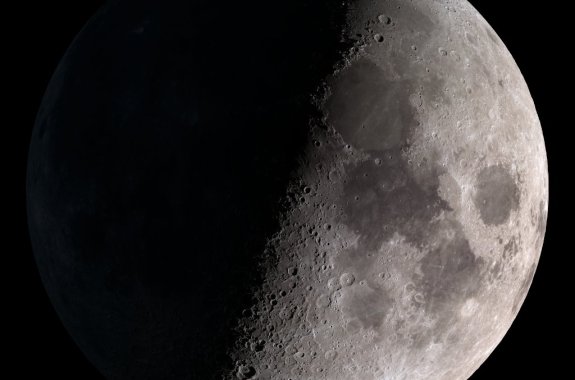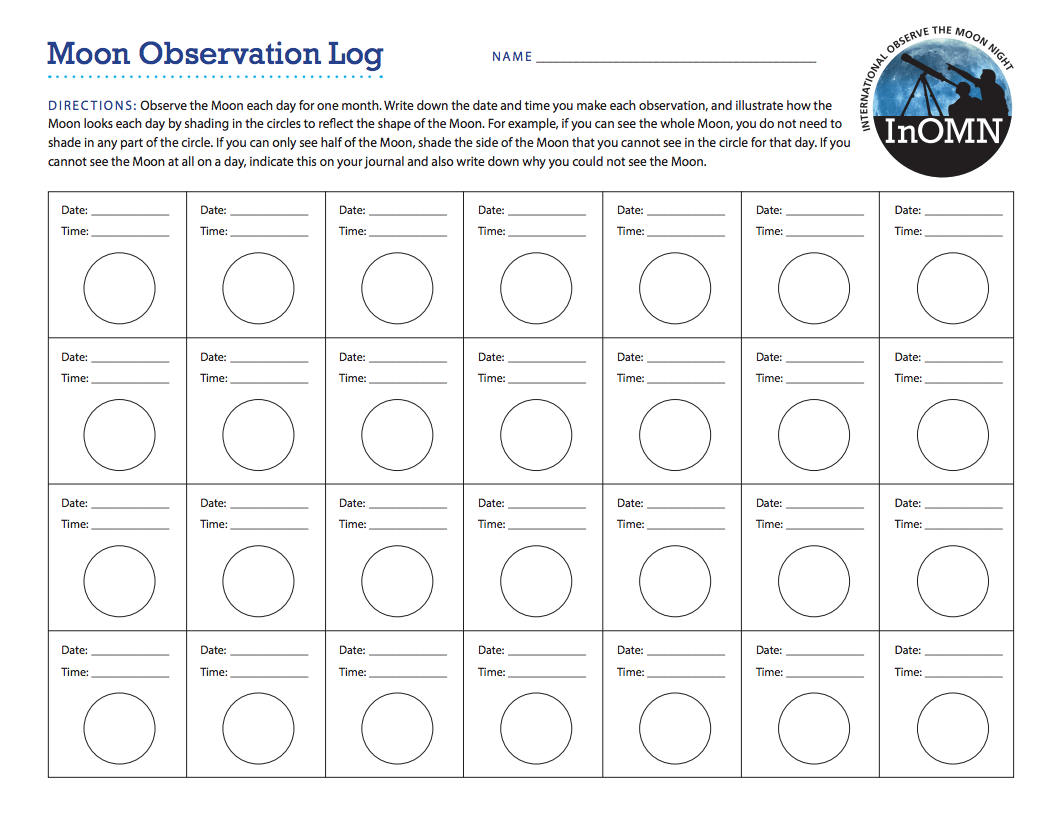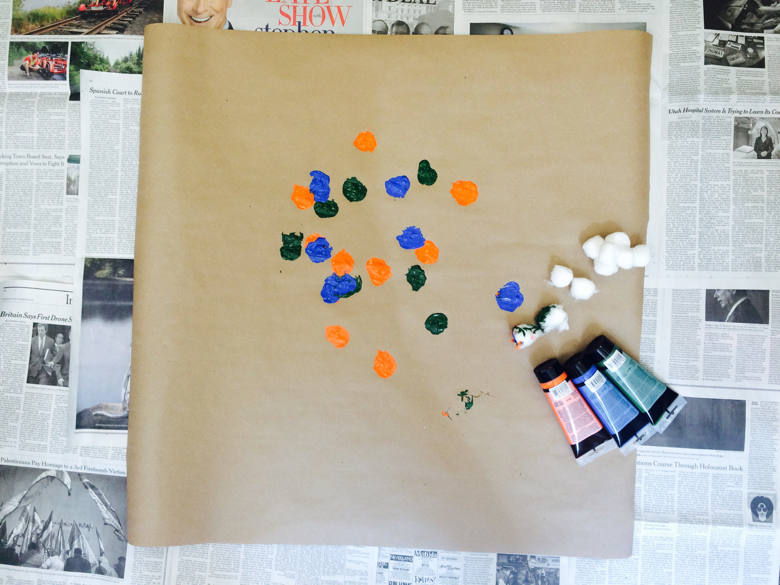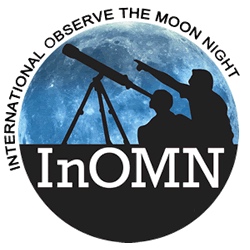Grade Level
3 - 5
minutes
15 min - 1 hr
subject
Earth Science
stem practices
Planning and Carrying Out Investigations
Activity Type:
Simulation, Observation skills, lunar science, art activity
Keep a Moon Journal
Observe The Moon With Friends
One day each year, everyone on earth is invited to unite in order to observe and learn about the moon and its connection to planetary science. This special day, called International Observe the Moon Night (InOMN), is a NASA-sponsored, annual worldwide celebration of lunar science and exploration, and it’s a great opportunity to share personal and community connections we all have to the moon. Join the celebration by hosting or attending an InOMN event this Fall —and by looking at and learning about the moon! You can learn more and find lunar viewing events near you here.
For new lunar observers, there are tons of great ways to get started: you can keep a moon observation journal to track the moon’s phases and when you can see them in the sky, use a moon map to find and learn about the moon’s features, or even make a moon crater painting! For even more ways to learn about the moon, visit NASA’s resource page.
Learn More About the Moon's Phases
To find out what the moon looks like right now, and at any hour of the year, check out this website. You can also watch the moon go through phases and “wobble” in the sky (something called “libration”) through the animation below, created using data and images from the Lunar Reconnaissance Orbiter (LRO). Learn more about LRO and see more lunar visualizations here.
Identify Features on the Moon
For a printable map of the moon that you can take with you when you go out to observe it, click here. You can also see the highlighted features provided by International Observe The Moon Night on their printable moon map. Most of the highlighted features on the map are along the terminator—that is, the line between day and night. The shadows along this line make for great observing, just like dawn and dusk on Earth are great times for taking pictures.
Are The Moon’s Highlands Due to A Cosmic Collision?
Create a Moon Impact Painting
Header image
Moon, first quarter. Visible high in the southern sky in early evening. NASA Scientific Visualization Studio
Educator's Toolbox
Meet the Writer
About International Observe the Moon Night
The International Observe the Moon Night Team is made up of scientists, educators, and lunar enthusiasts from government, nonprofit, and business organizations from across the United States and the world.



